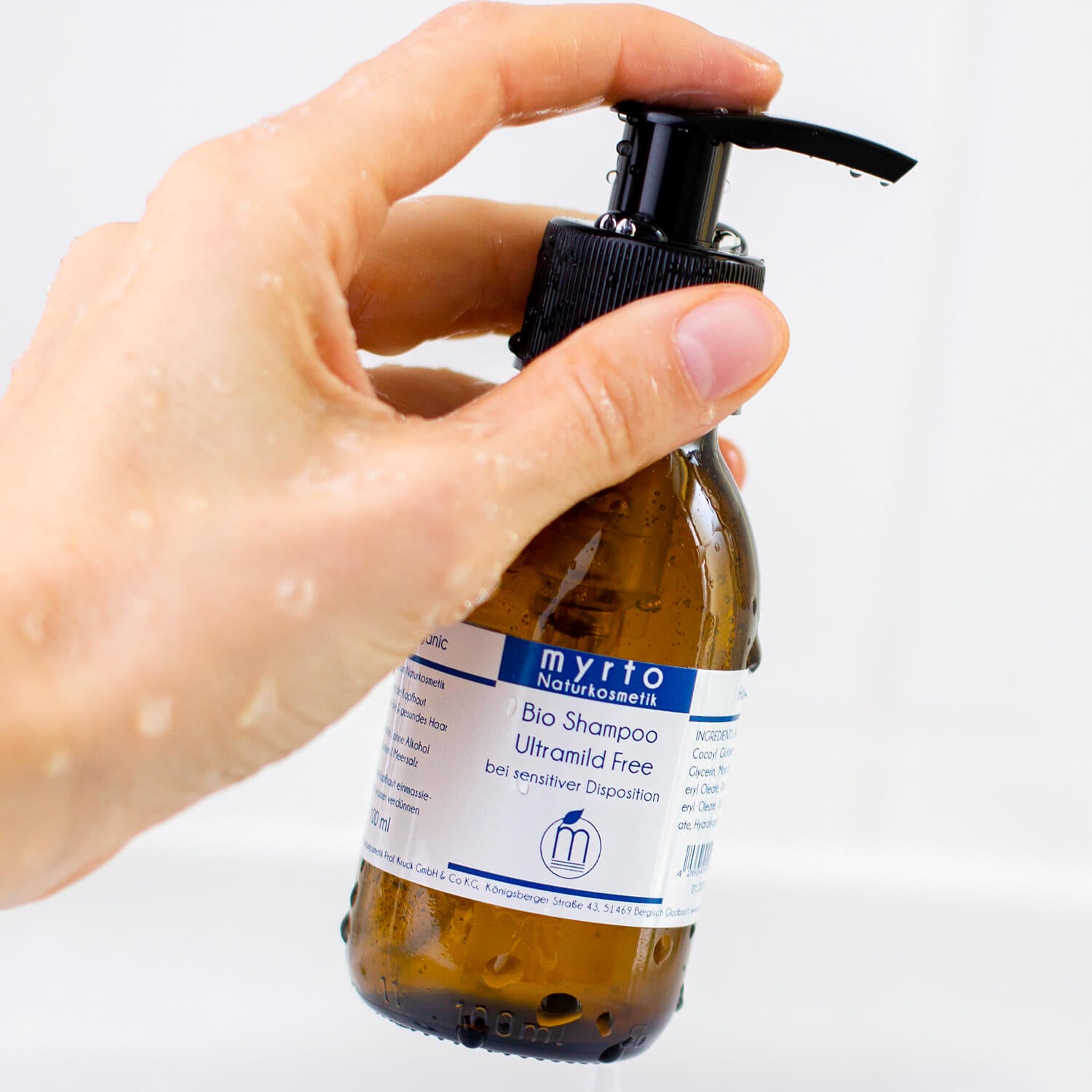
INCI list - What do the ingredient names in your cosmetics mean?
Do you actually know what's in your facial care products? Indeed, the tiny print on a face cream's ingredient list can seem rather intimidating when we read terms like "Alpha-Isomethyl Ionone" or "Methylchloroisothiazolinone."
Especially if you struggle with very sensitive, dry and dehydrated skin or suffer from redness, blemishes and acne scars, it is worth finding out which ingredients are hidden behind the ingredients on the label of your face cream, what the substances consist of and whether they are suitable for your individual skin problem and skin type.
Understanding ingredients and their order
Over 10,000 ingredients are now approved for use in cosmetics in the EU. It's good to know that all ingredients in a cosmetic product must be listed in full on the packaging. The so-called INCI list (= International Nomenclature of Ingredients) is a guideline for how and in what order the individual ingredients must be listed. The list of "ingredients" contains all the raw materials used, along with their Latin botanical names and English chemical terms, in descending order of quantity. The higher an ingredient is listed, the greater its proportion in the product. If you know your own skin type and familiarize yourself with the individual ingredients, you can more easily avoid potential skin irritations.
You can find all the ingredients used in myrto, along with their ratings, at Codecheck.info. The rating system has several levels: the best rating has a solid green ring, the worst rating has a solid red ring, and a medium rating has a partial segment of the ring colored red. A gray ring means no rating has been submitted yet.

All myrto products contain only ingredients with a completely green circle and are therefore 100% recommended. However, for extremely sensitive skin and intolerances, it may be advisable to first try a new product individually and only on a small area of skin.



